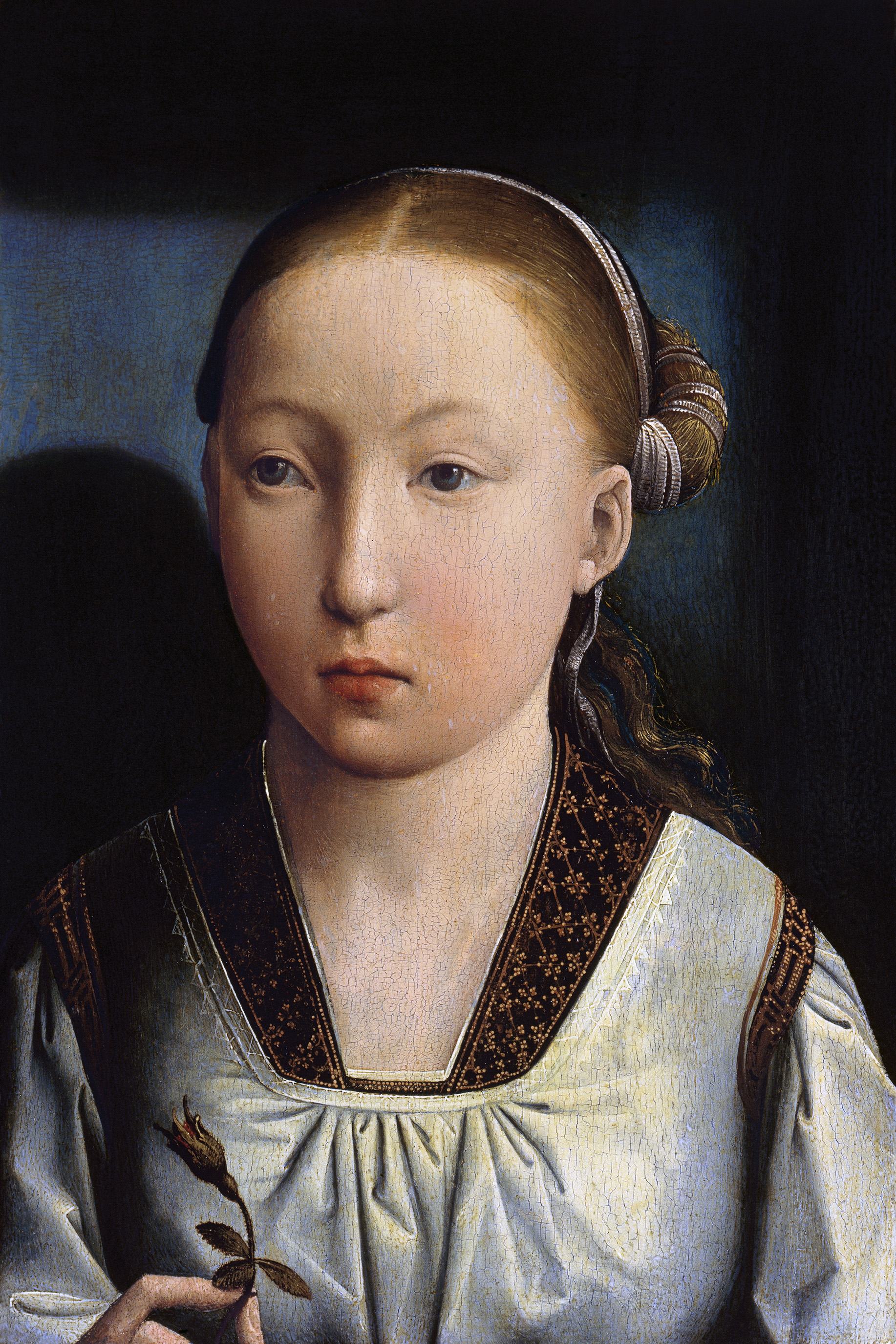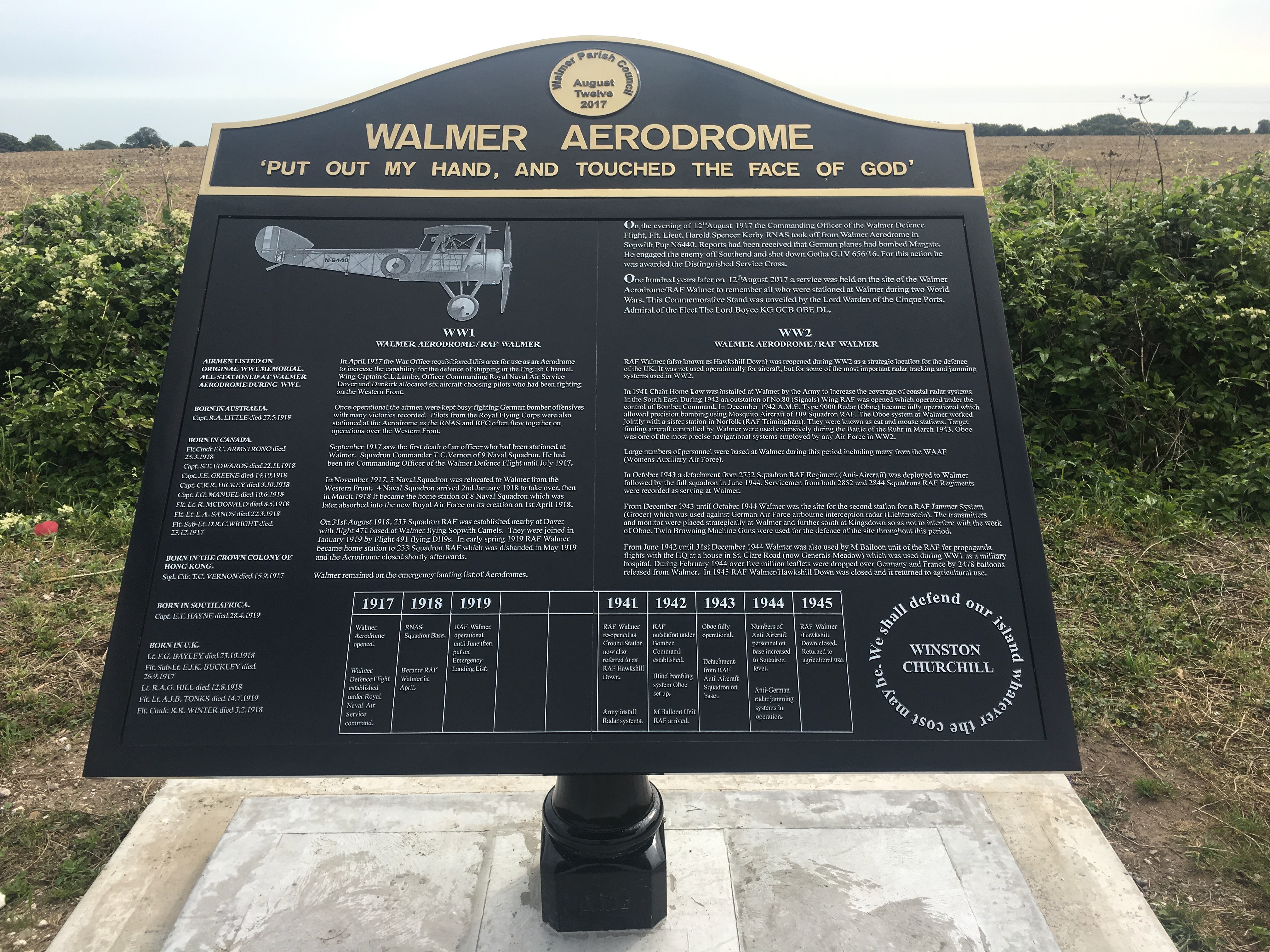|
Sandown Castle, Kent
Sandown Castle was an artillery fort constructed by Henry VIII in Sandown, Kent, between 1539 and 1540. It formed part of the King's Device programme to protect against invasion from France and the Holy Roman Empire, and defended the strategically important Downs anchorage off the English coast. Comprising a keep and four circular bastions, the moated stone castle covered and had 39 firing positions on the upper levels for artillery, with 31 gunloops in the basement for handguns. It cost the Crown a total of £27,092 to build the three castles of Sandown, Walmer and Deal, which lay adjacent to one another along the coast and were connected by earthwork defences. The original invasion threat passed, but during the Second English Civil War of 1648–49, Sandown was seized by pro-Royalist insurgents and was only retaken by Parliamentary forces after several months' fighting. By the 19th century, the castle was suffering badly from the effects of coastal erosion but remained ... [...More Info...] [...Related Items...] OR: [Wikipedia] [Google] [Baidu] |
Cavalier
The term ''Cavalier'' () was first used by Roundheads as a term of abuse for the wealthier royalist supporters of Charles I of England and his son Charles II of England, Charles II during the English Civil War, the Interregnum (England), Interregnum, and the Restoration (England), Restoration (1642 – ). It was later adopted by the Royalists themselves. Although it referred originally to political and social attitudes and behaviour, of which clothing was a very small part, it has subsequently become strongly identified with the fashionable clothing of the court at the time. Prince Rupert of the Rhine, Prince Rupert, commander of much of Charles I's cavalry, is often considered to be an archetypal Cavalier. Etymology ''Cavalier'' derives from the same Latin root as the Italian word , the French word , and the Spanish word , the Vulgar Latin word ''wikt:caballarius, caballarius'', meaning 'horseman'. Shakespeare used the word ''cavaleros'' to describe an overbearing swashbuckl ... [...More Info...] [...Related Items...] OR: [Wikipedia] [Google] [Baidu] |
Catherine Of Aragon
Catherine of Aragon (also spelt as Katherine, historical Spanish: , now: ; 16 December 1485 – 7 January 1536) was List of English royal consorts, Queen of England as the Wives of Henry VIII, first wife of King Henry VIII from their marriage on 11 June 1509 until its annulment on 23 May 1533. She was Princess of Wales while married to Henry's elder brother, Arthur, Prince of Wales, for a short period before his death. Catherine was born at the Archbishop's Palace of Alcalá de Henares, and was the youngest child of Isabella I of Castile and Ferdinand II of Aragon. She was three years old when she was betrothed to Arthur, the eldest son of Henry VII of England. They married in 1501, but Arthur died five months later. Catherine spent years in limbo, and during this time, she held the position of ambassador of the Aragonese crown to Kingdom of England, England in 1507, the first known female ambassador in European history. She married Henry VIII shortly after his accession i ... [...More Info...] [...Related Items...] OR: [Wikipedia] [Google] [Baidu] |
Paul III
Pope Paul III (; ; born Alessandro Farnese; 29 February 1468 – 10 November 1549) was head of the Catholic Church and ruler of the Papal States from 13 October 1534 to his death, in November 1549. He came to the papal throne in an era following the sack of Rome in 1527 and rife with uncertainties in the Catholic Church as the Protestant Reformation progressed. His pontificate initiated the Catholic Reformation with the Council of Trent in 1545, and witnessed wars of religion in which Emperor Charles V launched military campaigns against the Protestants in Germany. He recognized new Catholic religious orders and societies such as the Jesuits, the Barnabites, and the Congregation of the Oratory. His efforts were distracted by nepotism to advance the power and fortunes of his family, including his illegitimate son Pier Luigi Farnese. Paul III was a significant patron of artists, including Michelangelo, and Nicolaus Copernicus dedicated his heliocentric treatise to him. ... [...More Info...] [...Related Items...] OR: [Wikipedia] [Google] [Baidu] |
Walmer Or Sandown (Kent) Castle, 1539 Draft
Walmer is a town in the district of Dover, Kent, in England. Located on the coast, the parish of Walmer is south-east of Sandwich, Kent. The town's coastline and castle are popular amongst tourists. It has a population of 6,693 (2001), increasing to 8,178 at the 2011 Census. Walmer is closely associated with its adjoining neighbour, the town of Deal - sharing many amenities and services and benefiting from Deal's High Street shopping area. Walmer railway station is on the Kent Coast Line. History Julius Caesar Julius Caesar reputedly landed on the beach here in 55 BC and 54 BC. It is only one possible landing place, proposed judging from the distances given in his account of the landings in his ''Gallic Wars''. In the 19th century it was thought that he had landed by Deal Castle – hence a house there with SPQR emblazoned on its gate – but in 1907 the landing point has been proposed to be half a mile further south, beyond the lifeboat station, and marked by a concr ... [...More Info...] [...Related Items...] OR: [Wikipedia] [Google] [Baidu] |
Sussex
Sussex (Help:IPA/English, /ˈsʌsɪks/; from the Old English ''Sūþseaxe''; lit. 'South Saxons'; 'Sussex') is an area within South East England that was historically a kingdom of Sussex, kingdom and, later, a Historic counties of England, county. It includes the Ceremonial counties of England, ceremonial counties of East Sussex and West Sussex. The area borders the English Channel to the south, and the Ceremonial counties of England, ceremonial counties of Surrey to the north, Kent to the north-east, and Hampshire to the west. Sussex contains the city of Brighton and Hove and its wider Greater Brighton City Region, city region, as well as the South Downs National Park and the National Landscapes of the High Weald National Landscape, High Weald and Chichester Harbour. Its coastline is long. The Kingdom of Sussex emerged in the fifth century in the area that had previously been inhabited by the Regni tribe in the Roman Britain, Romano-British period. In about 827, shortly a ... [...More Info...] [...Related Items...] OR: [Wikipedia] [Google] [Baidu] |
Blockhouse
A blockhouse is a small fortification, usually consisting of one or more rooms with loopholes, allowing its defenders to fire in various directions. It is usually an isolated fort in the form of a single building, serving as a defensive strong point against any enemy that does not possess siege equipment or, in modern times, artillery, air force or cruise missiles. A fortification intended to resist these weapons is more likely to qualify as a fortress or a redoubt, or in modern times, be an underground bunker. However, a blockhouse may also refer to a room within a larger fortification, usually a battery or redoubt. Etymology The term '' blockhouse'' is of uncertain origin, perhaps related to Middle Dutch '' blokhus'' and 18th-century French '' blocus'' (blockade). In ancient Greece Blockhouses existed in ancient Greece, for example the one near Mycenae. Early blockhouses in England Early blockhouses were designed solely to protect a particular area by the use of a ... [...More Info...] [...Related Items...] OR: [Wikipedia] [Google] [Baidu] |
Kingdom Of France
The Kingdom of France is the historiographical name or umbrella term given to various political entities of France in the Middle Ages, medieval and Early modern France, early modern period. It was one of the most powerful states in Europe from the High Middle Ages to 1848 during its dissolution. It was also an early French colonial empire, colonial power, with colonies in Asia and Africa, and the largest being New France in North America geographically centred around the Great Lakes. The Kingdom of France was descended directly from the West Francia, western Frankish realm of the Carolingian Empire, which was ceded to Charles the Bald with the Treaty of Verdun (843). A branch of the Carolingian dynasty continued to rule until 987, when Hugh Capet was elected king and founded the Capetian dynasty. The territory remained known as ''Francia'' and its ruler as ('king of the Franks') well into the High Middle Ages. The first king calling himself ('King of France') was Philip II of Fr ... [...More Info...] [...Related Items...] OR: [Wikipedia] [Google] [Baidu] |




